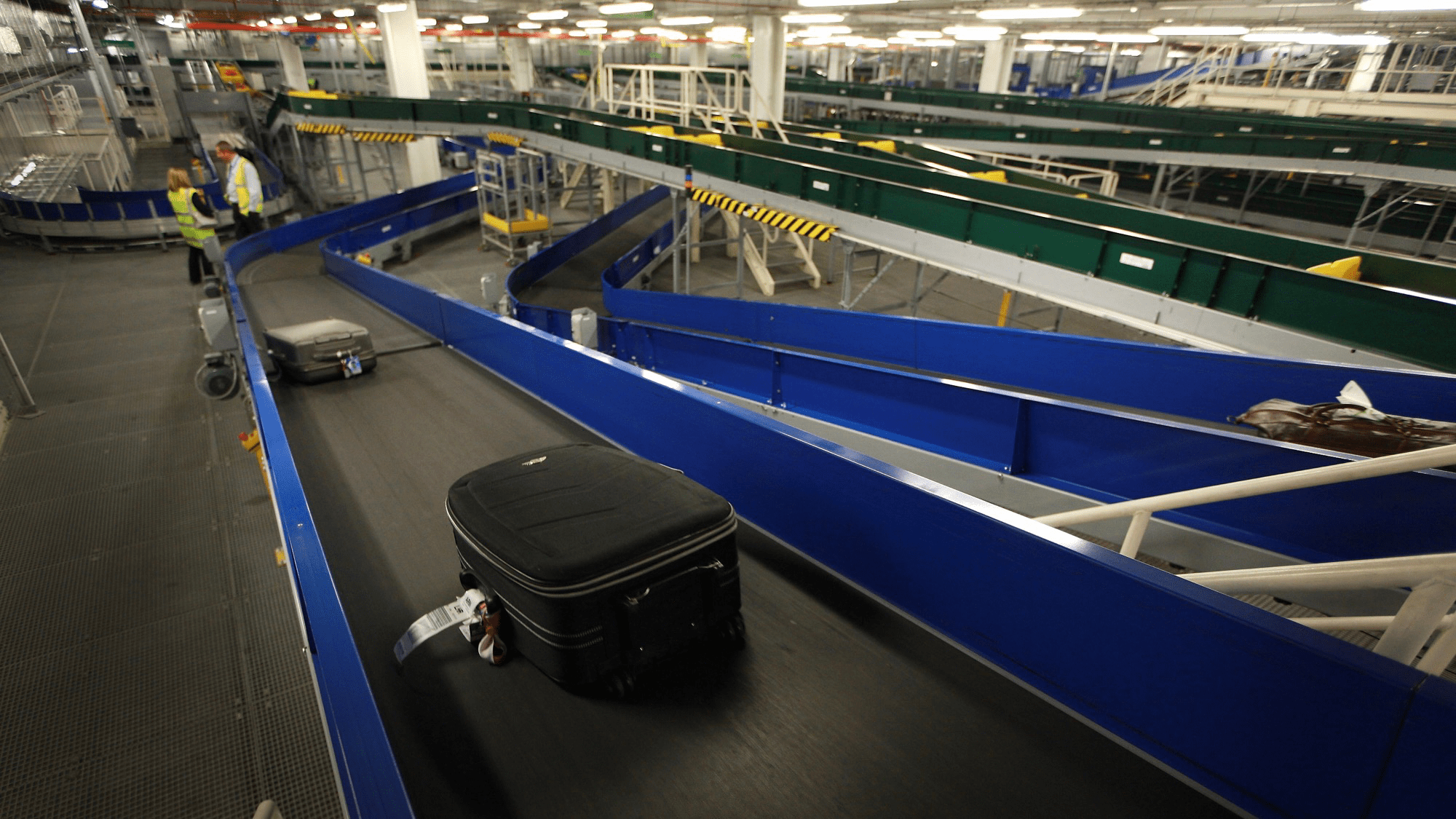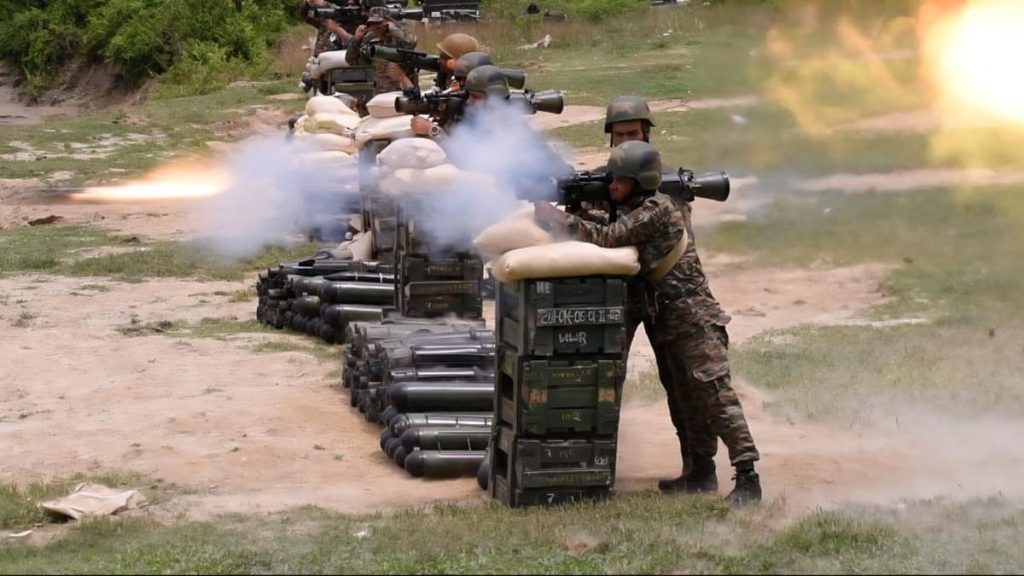Now Reading: Unveiling the Journey of Your Checked-In Bag
-
01
Unveiling the Journey of Your Checked-In Bag
Unveiling the Journey of Your Checked-In Bag

Fast Summary
- The article explores the journey of checked luggage through airport systems, citing California’s San José Mineta International Airport (SJC) as an example.
- Luggage begins it’s travel with “bag hygiene,” ensuring handles are stowed and irregular items are taken to oversized baggage counters.
- Each checked bag is tagged with an airline-issued baggage tag containing unique ID codes, destination airport codes, passenger info, and backup stickers (“bingo tags”).
- Behind the scenes, photo sensors track bags through a complex network of conveyor belts (SJC has over 800 sensors). Bags pass TSA security screenings for prohibited items like fireworks or lithium batteries before they proceed to manual sorting areas or automated systems based on flight assignments.
- Process timing averages around three-and-a-half minutes but can be delayed due to system glitches like loose straps or misaligned wheels. Airlines have cut-off times for check-ins (typically 45 minutes before domestic flights) due to weight balance calculations and time needed for sorting/loading onto planes.
- Lost luggage often results from detached tags or human errors like incorrect loading onto flights; 2 million U.S. bags went missing in 2023.
Indian Opinion Analysis
The evolving infrastructure behind airport baggage systems globally offers valuable lessons for India as it continues to expand air travel operations amidst increasing demand in domestic and international sectors.Efficient management tools such as advanced sensor networks and TSA-like security layers could serve as benchmarks for modernization efforts within India’s airports.Given India’s rising number of travelers-many connecting across major hubs-a focus on streamlined automation coupled with improved employee training could mitigate issues like misplaced luggage that impact passengers’ trust in aviation services nationwide. Ensuring robust practices that prioritize “bag hygiene” while leveraging technology widely accessible across varying budgets could further reduce operational delays within India’s diverse airports ranging from Tier I metros to smaller regional terminals.
Such advancements will likely enable smoother experiences aligned with growing tourism volumes while maintaining high-security standards-a key consideration under regulatory frameworks already emphasizing traveler safety in India’s aviation sector.Read More



























